Dog Bloat and Gastric Torsion
Bloat is a serious, often fatal condition in dogs that happens extremely quickly. Learn how to reduce the risk of bloat and recognise the symptoms of bloat in dogs.
Bloat is a condition in which the stomach becomes distended by excessive gas content. It is also commonly referred to as torsion, gastric torsion, and gastric dilatation-volvulus (GDV) when there is also stomach torsion i.e. the stomach is twisted, preventing the gas from escaping. People often use 'bloat' as a general term to describe excessive gas in the stomach whether or not the stomach is actually twisted.
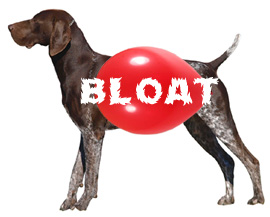 As mentioned, bloat is a serious, often fatal condition that progresses very quickly. It is more likely to affect older dogs and larger breeds due to their deep chests.
As mentioned, bloat is a serious, often fatal condition that progresses very quickly. It is more likely to affect older dogs and larger breeds due to their deep chests.
Commonly affected breeds include:
- German Shepherds
- Irish Setters
- Great Danes
- Mastiffs
- Rottweilers
- Dobermans
- Weimaraners
- St Bernards
However, it is important to point out that this is not a breed issue. These are simply examples of deep-chested breeds. Any deep-chested dog can be affected.
Why does bloat occur?
Bloat can occur when a dog takes in a lot of air when eating and gas is produced from fermenting food within the stomach. The stomach becomes overstretched by excessive gas content. As the gas accumulates, the dog’s stomach can swell and then twist. Gas that might otherwise have been belched out is now trapped. The entrance to the stomach is closed by the twisting, thereby preventing the animal from relieving the condition by belching or vomiting.
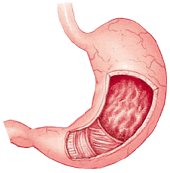 At this point, letting the gas out of the stomach is the absolute priority. If the gas continues to build up then the blood supply to the stomach, spleen and other organs can become damaged and cut off, resulting in the body going into shock, the release of bacterial toxins, collapse and death of the dog.
At this point, letting the gas out of the stomach is the absolute priority. If the gas continues to build up then the blood supply to the stomach, spleen and other organs can become damaged and cut off, resulting in the body going into shock, the release of bacterial toxins, collapse and death of the dog.
A dog who suffers from bloat once is likely to suffer again and it is thought that some dogs have a predisposition to it. Sometimes the dog can be stabilised after an attack of bloat and surgery to fix the stomach in place has some success, but if bloat does reoccur then it can get more and more difficult to treat.
Common symptoms of bloat in dogs
- Repeated attempts to vomit or produce a stool without success.
- Distended stomach with abdomen feeling hard
- Evidence of abdominal pain
- Difficulty breathing
- Excessive salivation and drooling
- Anxiety
- Restlessness
- Stiff legged stance with arched back
- Lethargic
- Heavy panting
- Pale/cold lips and gums (indicates the onset of shock)
What can you do?
A dog with bloat will need to see a vet immediately. Gastric Torsion is an extremely dangerous and urgent situation. All you can do is get your dog to the vet straight away and try to keep your dog as warm and comfortable as possible in the mean time.
What can the vet do?
As mentioned, releasing the air from the stomach is the priority. In emergencies, the dog’s stomach will be decompressed. Large needles will be inserted into the dog’s side, penetrating the stomach and letting the gas out directly. Further surgery will then be performed in an attempt to untwist the stomach. If the stomach is successfully untwisted and the dog survives the surgery then the vet is likely to fix the stomach in place in an attempt to stop it twisting again in the future. Know as gastropexy, this procedure does not prevent future bloating. The stomach can still fill up with gas but the idea is that it will be less likely to twist.
Preventative measures
The jury is still out with regards exactly what causes dog bloat and gastric torsion. However, a number of preventative measures can be followed:
Feed small frequent meals rather than one or two large meals a day. A special diet may even be recommended by your vet. Special diets are more easily digestible and ferment less in the stomach. Medication might also be suggested that helps the movement of the gut and helps reduce gas build up.
Avoid overfeeding.
Do not exercise your dog or play games during the hour before a meal and especially the hour after a meal. Some even suggest that two hours should be observed after a meal before activity can commence.
Do not give water 30 minutes before or after food.
Many dogs have an unhealthy habit of eating too fast. They love to lap up all the food in a swift, sweeping motion and gobble down or "inhale" their food like a vacuum cleaner. This way, they end up swallowing everything without much chewing.
Encourage the dog to eat their meal slowly by putting a ball or other toy in their bowl. This will stop them gulping down their dinner. Or try any of the ergonomic slow down dog bowls that are specially designed to slow down your dogs eating.
If you have a household of more than one dog then try separating them at meal times. This cuts down on competition for food and means that the meal is more likely to be eaten at a leisurely pace.
If you feed a home cooked diet, avoid potatoes as they are not so easily digested. All other root vegetables and green leafy vegetables are fine but some suggest that vegetables should be cooked first as this makes them easier to digest.
Avoid cereal-based food as it can be particularly bad at causing fermentation, resulting in excessive gas.
Feed your dog from a slightly raised bowl or feeder, but don't go too high as that can do more harm than good. Your dog's head and neck must always be at a downwards angle when eating so just slightly raised from the floor is best. To find out more about raised feeders and bloat, visit Raised Dog Bowls - All you need to know.
By Jenny Prevel
© D for Dog www.dfordog.co.uk
This article belongs strictly to D for Dog and we do not authorise the copying of all or any part of it.


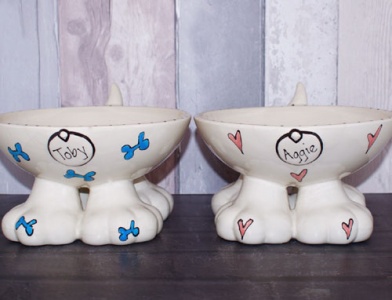
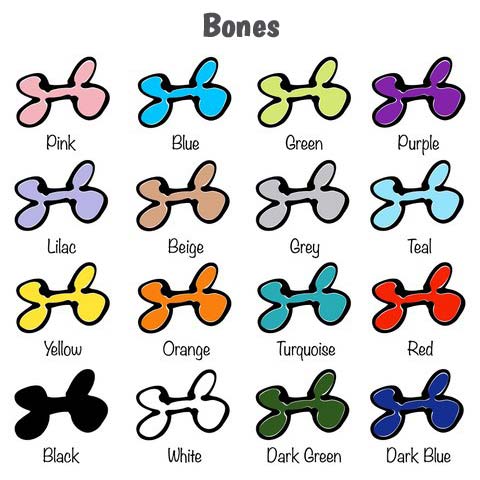
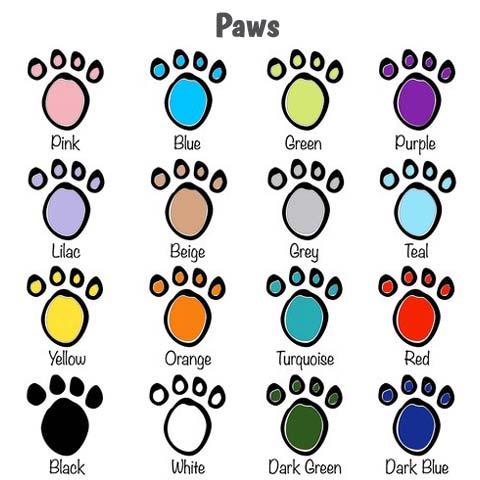
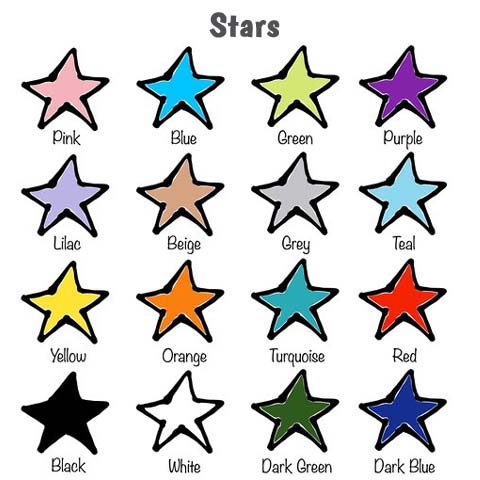
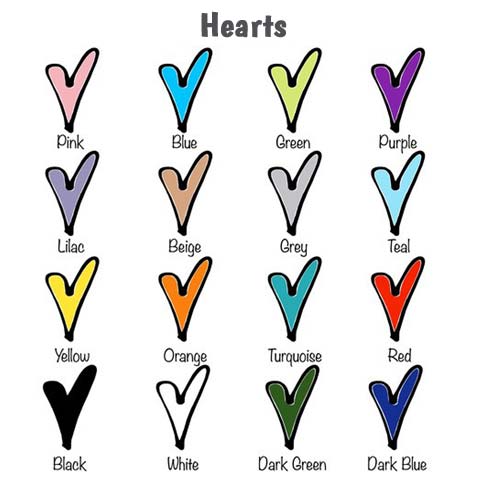
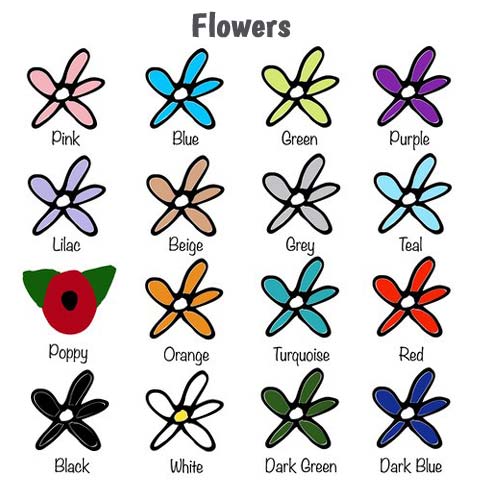
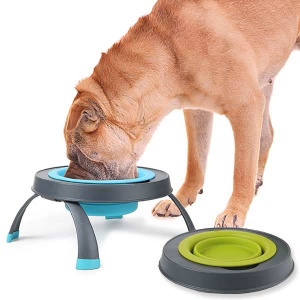

.jpg)
.jpg)
Can I also order from Belgium???
Hi, the Eat Better bowl can be dispatched to the EU. I am afraid the others (Green Slow Feeder and Good Manners) are UK dispatch only.